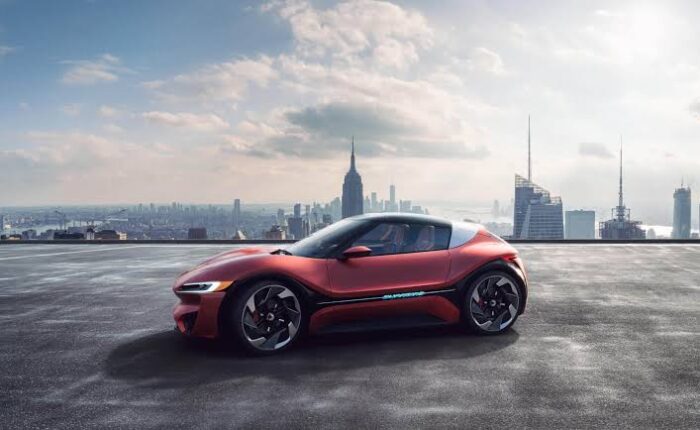Seven years have passed since NanoFlowcell launched the QUANTiNO, which was initially displayed as a concept at the 2015 Geneva Auto Show. The following years saw very little news or updates from the firm. The Inflation Reduction Act, which Vice President Joe Biden’s administration may have enacted as a result, appears to have recently prompted NanoFlowcell to decide to expand its business activities to the United States.
A novel electric vehicle made by NanoFlowcell does not make use of conventional battery packs. These vehicles use a technique known as bi-ION, which turns a positively charged electrolyte and a negatively charged anolyte inside of an ion-selective membrane into energy.
The London-based business NanoFlowcell said in a news release that it plans to start mass-producing its QUANT E-model electric cars and construct a substantial bi-ION manufacturing plant to supply transportable renewable energy for its numerous uses. In line with the company’s intentions to enter the US market, this announcement was made.

According to the press statement from Nunzio La Vecchia, CEO of NanoFlowcell, “the United States has made the greatest investment in clean energy in United States history” with the passage of the Inflation Reduction Act. The potential effects on renewable energy, he continued, “are far-reaching,” and NanoFlowcell will not look to the government for funding to build up its infrastructure and production facilities in the United States.
Instead, the firm intends to develop and grow infrastructure and production through strategic alliances while also integrating NanoFlowcell technology into a number of other economic sectors.
The twentyfive is a limited-edition model of the QUANTiNO that NanoFlowcell launched to commemorate its 25th anniversary and entry into the US market. Electric motors at each wheel of this 2+2 vehicle’s retractable top give it a total power output of 320 horsepower.
The vehicle’s bi-ION electrolyte solution may be used to propel it up to 2,000 kilometres (1,242 miles) in distance on a single fill, according to the company. Two tanks with a combined capacity of 125 litres (33 gallons) each are used to hold the solution. A unique fueling infrastructure utilising NanoFlowcell’s bi-ION technology will need to be created in order to refill the vehicle.
It’s an intriguing approach to an electric vehicle. There is no requirement for a battery or a range extender that runs on gasoline. Simply said, all the electricity required to operate the automobile is produced by a chemical process. As we would still need to fill up our automobiles at gas stations, this concept would keep the oil industry in business. No combustion of any type occurs, hence there are also no accompanying pollutants.
Is it more advantageous than hydrogen fuel cells? It’s a benefit that the electrolytes appear to be safe and inflammable. But, if we were to directly compare that to the amount of gasoline used in a similar automobile, 250 litres of liquid for a range of 1,242 miles comes out to 18.8 mpg, which isn’t all that amazing. Nonetheless, we must keep in mind that there are no emissions.
ALSO READ THIS: NIO EC7 comes in 2023 with a 920 km amazing range

